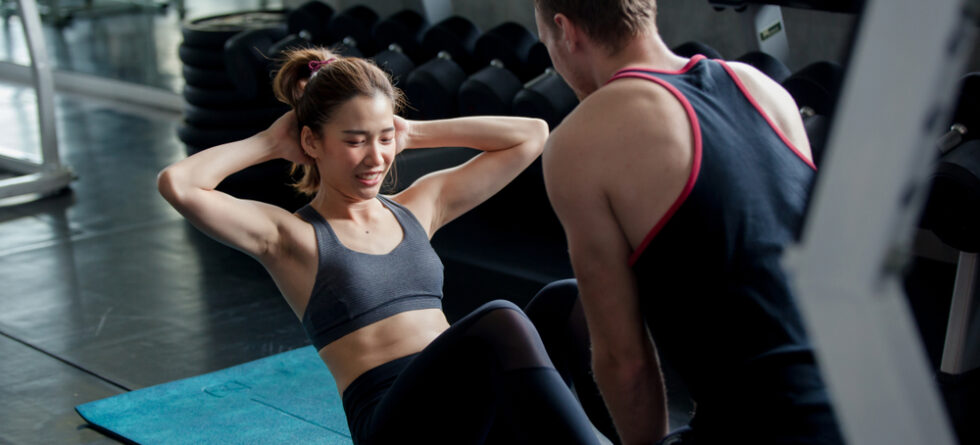Soccer players train various parts of the body to improve their overall physical fitness, agility, strength, and endurance, as well as their soccer-specific skills.
Here are the key body parts that soccer players typically focus on during training…
- Legs – Strong and powerful legs are essential for soccer players to sprint, jump, change direction, and kick the ball effectively. Leg training exercises may include squats, lunges, deadlifts, calf raises, hamstring curls, and plyometric drills to improve strength, power, speed, and explosiveness.
- Core – A strong and stable core helps soccer players maintain balance, posture, and control during movements on the field. Core training exercises may include planks, Russian twists, bicycle crunches, leg raises, and stability ball exercises to strengthen the abdominals, obliques, and lower back muscles.
- Cardiovascular System – Soccer is a high-intensity sport that requires aerobic endurance and anaerobic capacity to sustain prolonged periods of activity and recover quickly between sprints and bursts of speed. Cardiovascular training may include running, interval training, shuttle runs, and other aerobic exercises to improve stamina, endurance, and overall fitness.
- Upper Body – While soccer primarily involves the lower body, having a strong and functional upper body can still benefit players in terms of balance, stability, and injury prevention. Upper body training exercises may include push-ups, pull-ups, rows, shoulder presses, and medicine ball throws to improve upper body strength, stability, and coordination.
- Flexibility and Mobility – Flexibility and mobility are important for soccer players to perform dynamic movements, change direction quickly, and avoid injuries such as strains and sprains. Stretching, foam rolling, and mobility exercises can help improve flexibility in muscles and joints, reducing the risk of injury and enhancing performance on the field.
- Agility and Coordination – Agility and coordination are crucial for soccer players to dribble, pass, receive, and control the ball effectively while evading defenders. Agility training drills, ladder drills, cone drills, and agility ladder exercises can help improve footwork, quickness, and agility, enhancing a player’s ability to move efficiently and react quickly to game situations.
- Soccer-Specific Skills – In addition to physical conditioning, soccer players also focus on developing their soccer-specific skills, such as dribbling, passing, shooting, heading, and defending. Technical training sessions, small-sided games, and drills focusing on ball control, vision, decision-making, and tactical awareness are essential for improving overall soccer performance.
By incorporating a comprehensive training program that targets these key body parts and soccer-specific skills, players can improve their physical fitness, technical abilities, and overall performance on the soccer field. It’s important for players to work with coaches, trainers, and fitness professionals to develop individualized training plans that address their specific needs, goals, and skill levels.



